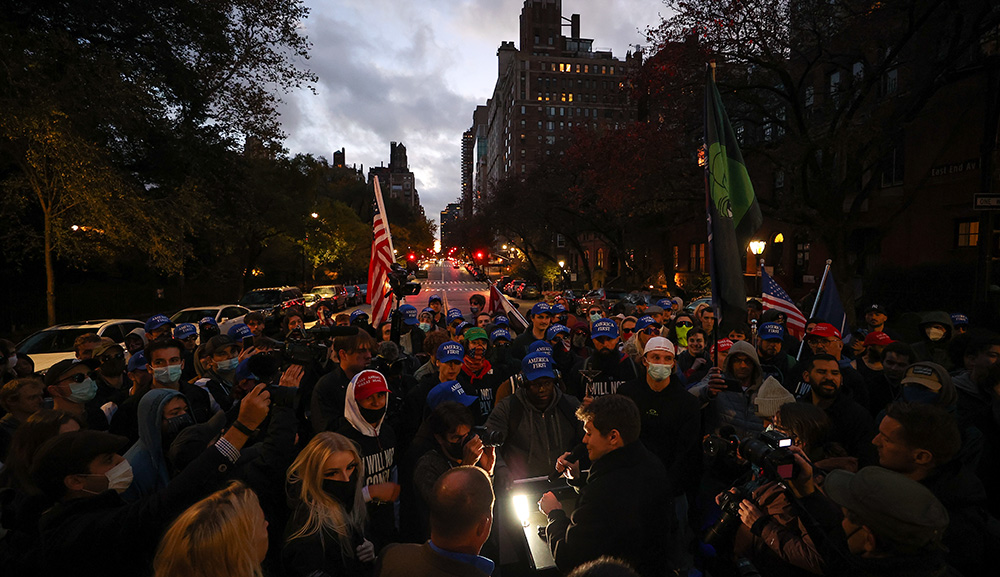In the 5th century BCE, after the Persians destroyed the Babylonian empire, Jews returned from exile in Mesopotamia—led by Ezra and Nehemiah—and set about building a new temple in Jerusalem. They soon found themselves opposed by a local group, known as Samaritans, who maintained certain pre-exilic Jewish traditions and through the Roman period made up a large segment of the population of the Land of Israel. Leen Ritmeyer discusses evidence that they even built a temple of their own on Mount Gerizim as an alternative to that in Jerusalem:
Archaeological remains of a Samaritan sacred precinct were discovered in these excavations around the turn of the 21st century. These date from the time of Nehemiah (mid-5th century BCE). The Bible doesn’t mention any temple as standing on Mount Gerizim, so we wondered how such a building fit in with the biblical history. It was the reading of Josephus that provided the missing historical information.
During [Nehemiah’s] time, Sanballat the Horonite was the leading figure among those who opposed the building of Jerusalem and the Temple. It is generally believed that he was descended from the Babylonian settlers whom the Assyrians deported to Samaria (2Kings 17:24). Sanballat, whose name means “Sin (the moon god) gives life,” was the governor of Samaria.
[According to the eponymous biblical book], Nehemiah rejected [a high priest named] Manasseh and sent him away. The vital additional information . . . was found in Josephus, who records that Sanballat then offered to make Manasseh high priest and build a new temple on Mount Gerizim similar to that in Jerusalem. The archaeological remains of the Samaritan sacred precinct indeed indicate that at this time a rival temple was built on this mountain by the Samaritans.
Mount Gerizim remains holy to modern-day Samaritans, who today number in the hundreds, and who gather there on Passover to bring the paschal sacrifice. Detailed sketches of the Samaritan temple, and related structures, can be found at the link below.
Read more at Ritmeyer Archaeological Design
More about: Archaeology, Nehemiah, Samaritans, Second Temple


